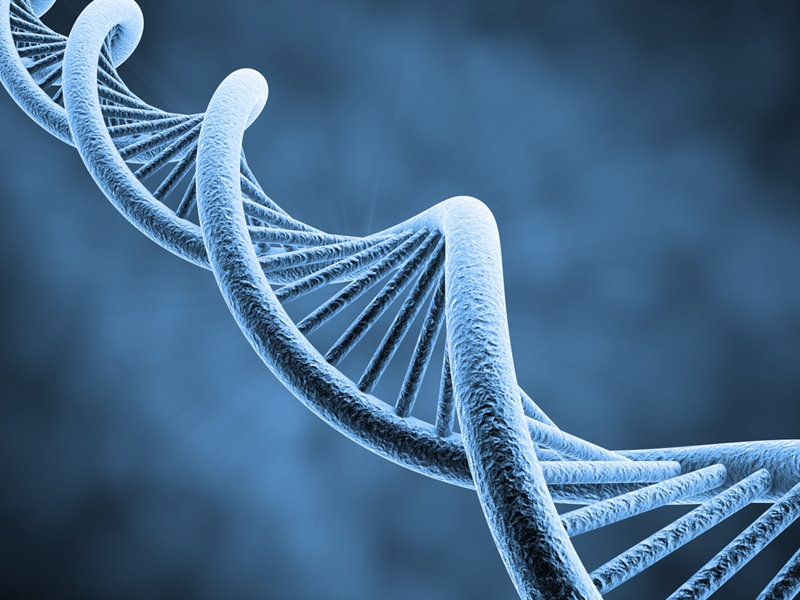The science behind gene editing
Over the past year, researchers have made startling advances in the area of gene-editing, reported the MIT Technology Review. Using a new genetic engineering methodology called Clustered Regularly Interspaced Short Palindromic Repeats, or CRISPR, scientists have modified human embryos, increased muscle mass in dogs and produced horn-less dairy cows. However, these achievements haven’t come without controversy.
On Dec. 3, geneticists from across the globe met in Washington, D.C. to discuss the ethical implications of CRISPR, reported The New York Times. Ultimately, the group decided to issue an embargo on all human genetic testing.
“Everything I’ve learned here says we’re not ready to be doing this yet, and that we have to perfect the technologies and get a better consensus,” Dr. David Baltimore, ex president of the California Institute of Technology and one of the conference organizers, said at the event. “But I certainly don’t want to close down any avenues of research. The door is open but we don’t want to make any decisions now.”

The rise of CRISPR
In 2011 scientists Emmanuelle Charpentier, Ph.D., and Jennifer Doudna, Ph.D., began investigating a gene found in the flesh-eating bacteria, reported The Times. The gene, called CRISPR-Cas9, possessed a human-like immune system that allowed the bacteria to repel fellow viruses. More importantly, Charpentier and Doudna discovered that the gene could target, cut out and modify genetic material using two separate RNA components. Soon the two, along with University of California, Berkeley researcher Martin Jinek, Ph.D., realized that they could combine the RNA molecules to produce a gene-editing tool.
”That was the moment the project went from being ‘This is cool, this is wonky’ to ‘Whoa, this could be transformative,’ ” Doudna told The Times.
This technology not only possessed immense potential but was also user-friendly. A graduate student could learn the methodology in an hour and create their first modified gene days later.
”In the past, it was a student’s entire Ph.D. thesis to change one gene,” Bruce Conklin, a researcher at the Gladstone Institutes, said in an interview with the paper. ”CRISPR just knocked that out of the park.”
Researchers embrace gene-editing
This April Chinese scientists used CRISPR to edit human embryos infected with a rare blood disease, reported Wired. None of the modified embryos proved to be viable but scientists were encouraged. “We believe that we need to continue to push the frontiers of science,” Jinghua Cao, deputy director for international cooperation at the Chinese Academy of Sciences, said in an interview with the magazine. “[CRISPR] is so complicated, there are lot of consequences yet to be discovered to make sure whether we can use it safely.”
A host of researchers have performed similar experiments using the technology. According to the MIT Technology Review, geneticists at the University of California, Irvine engineered Malaria-resistant mosquitos that can pass this immunity to other insects. The modified mosquitos were created using gene drive, a technology created using CRISPR. And, last month, doctors in London used gene-editing technology, in conjunction with a bone marrow transplant, to treat leukemia in a young girl, reported Stat.
Future possibilities
Despite these ground-breaking developments, most of science’s governing bodies have deemed human trials involving gene-editing technology irresponsible. The Chinese Academy of Sciences, the National Academy of Sciences of the U.S. Institute of Medicine, and the Royal Society of London have all expressed serious ethical concerns.
“Governing bodies have deemed human trials irresponsible.”
Though she’s enthusiastic about CRISPR’s potential, Doudna agrees with these organizations and believes researchers must learn more about the technology before human trials can commence.
“The technology is clearly moving very quickly,” she said in an interview with Vox. “But I think the reality is we don’t understand enough yet about the human genome, how genes interact, which genes give rise to certain traits, in most cases, to enable editing for enhancement today. That’ll change over time.”



